Chakra meditation is a transformative practice that has gained popularity for its ability to promote balance, healing, and spiritual growth. But what exactly is chakra meditation, and how can it benefit you? This guide will explore the fundamentals of What is Chakra Meditation, the significance of each chakra, and practical tips for incorporating this practice into your daily routine.
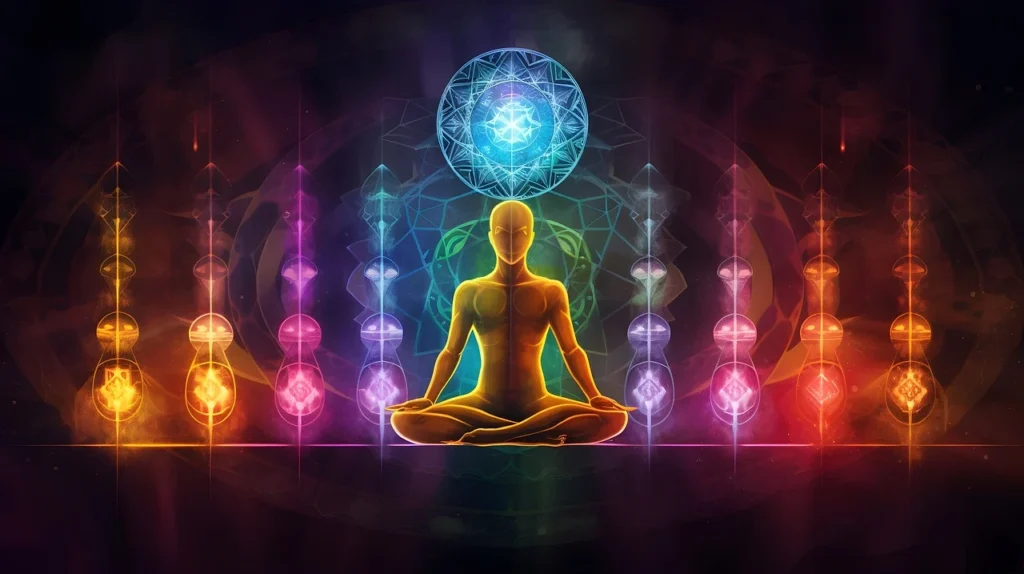
Introduction to Chakra Meditation
What is Chakra Meditation?
Chakra meditation is a practice designed to align and balance the body’s energy centers, known as chakras. The term “chakra” is derived from Sanskrit, meaning “wheel” or “disk,” which represents the spinning vortexes of energy that reside within us. These energy centers are thought to influence various aspects of our physical, emotional, and spiritual well-being.
The History of Chakra Meditation
Chakra meditation has its roots in ancient Indian traditions, particularly in Hindu and Buddhist practices. The concept of chakras dates back thousands of years and is integral to various forms of Eastern spiritual disciplines. Over time, chakra meditation has evolved and integrated into modern wellness practices, offering tools for personal growth and healing.
Importance of Chakra Meditation
Understanding and practicing chakra meditation can lead to profound benefits, including enhanced emotional stability, improved physical health, and deeper spiritual connections. By focusing on these energy centers, practitioners aim to clear blockages, restore balance, and promote overall well-being.
Chakra Meditation Overview Chart
| Chakra | Location | Associated Qualities | Benefits of Meditation | Visualization Color |
|---|---|---|---|---|
| Root Chakra | Base of the spine | Stability, security, grounding | Enhances stability, security, and physical vitality | Red |
| Sacral Chakra | Below the navel | Creativity, emotion, sexuality | Promotes creativity, emotional balance, and healthy relationships | Orange |
| Solar Plexus Chakra | Upper abdomen | Personal power, confidence | Boosts self-confidence, decision-making, and personal power | Yellow |
| Heart Chakra | Center of the chest | Love, compassion, emotional healing | Enhances love, compassion, and emotional healing | Green |
| Throat Chakra | Throat area | Communication, self-expression | Improves communication skills and fosters authenticity | Blue |
| Third Eye Chakra | Between the eyebrows | Intuition, insight, wisdom | Enhances intuition, clarity, and spiritual insight | Indigo |
| Crown Chakra | Top of the head | Spiritual connection, enlightenment | Fosters spiritual awareness and connection to higher consciousness | Violet |
How to Use the Chart
- Location: Identifies where each chakra is situated in the body.
- Associated Qualities: Describes the key attributes linked to each chakra.
- Benefits of Meditation: Highlights the potential advantages of meditating on each chakra.
- Visualization Color: Suggests the color often associated with each chakra for visualization during advance meditation.
Understanding Chakras
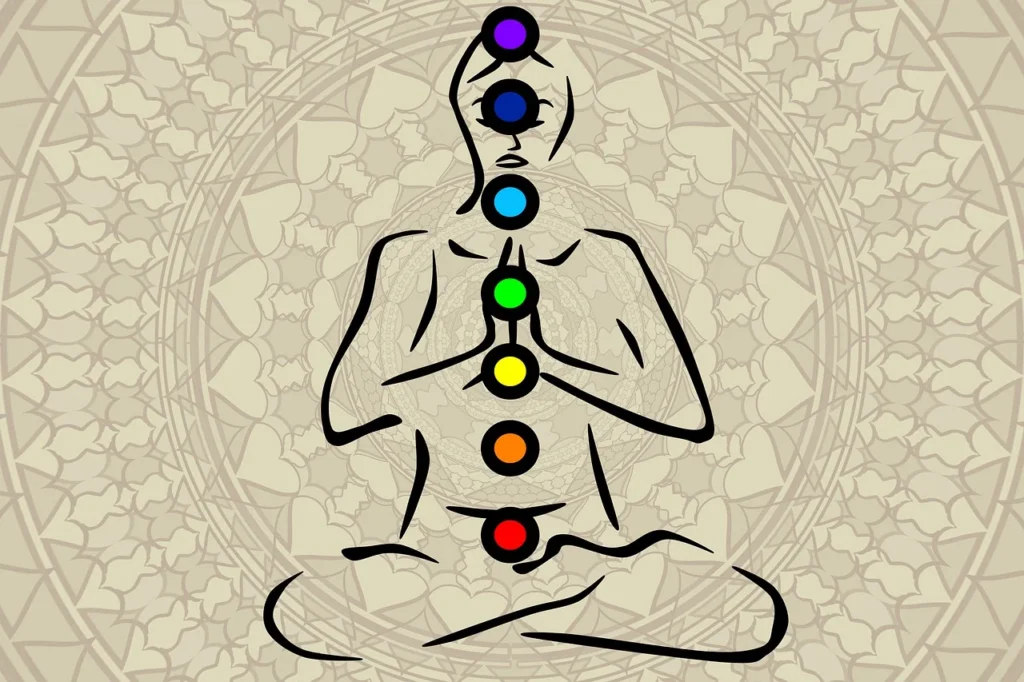
What is Chakra Meditation?
Chakras are believed to be energy centers located along the spine, each corresponding to different aspects of our being. In chakra meditation, practitioners work with these centers to cultivate balance and harmony. There are seven primary chakras, each associated with specific physical, emotional, and spiritual functions.
The Role of Chakras in Wellness
Each chakra plays a crucial role in maintaining overall health and harmony. When these energy centers are balanced, individuals often experience enhanced emotional resilience, physical vitality, and spiritual clarity. Conversely, blockages or imbalances in the chakras can lead to various issues, including stress, illness, and emotional turbulence.
The Seven Main Chakras
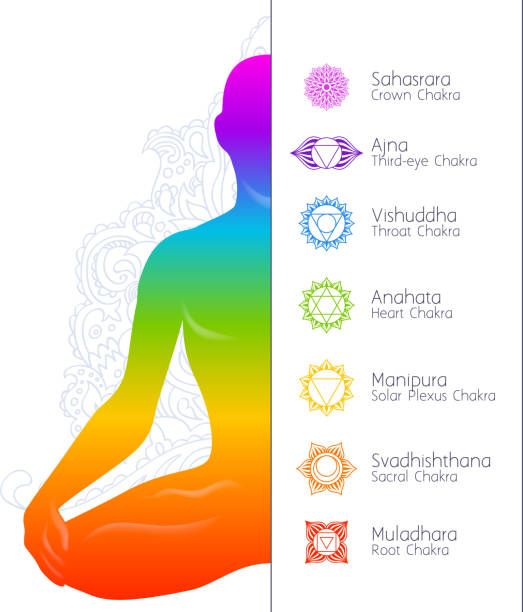
1. Root Chakra (Muladhara)
The Root Chakra, located at the base of the spine, is associated with feelings of stability and security. It is the foundation of the chakra system and governs our connection to the earth and our sense of safety.
- Benefits of Root Chakra Meditation: Enhances feelings of grounding, stability, and security. Supports physical vitality and a sense of belonging.
- Practices: Grounding exercises, visualizations of red light, and affirmations related to security and stability.
2. Sacral Chakra (Svadhisthana)
Located just below the navel, the Sacral Chakra is linked to creativity, emotions, and sexuality. It governs our ability to experience pleasure and connect with our creative and emotional selves.
- Benefits of Sacral Chakra Meditation: Promotes creativity, emotional balance, and a healthy relationship with oneself and others.
- Practices: Visualization of orange light, movement exercises, and creative activities.
3. Solar Plexus Chakra (Manipura)
The Solar Plexus Chakra, situated in the upper abdomen, is the center of personal power, confidence, and willpower. It influences our sense of self and our ability to make decisions.
- Benefits of Solar Plexus Chakra Meditation: Boosts self-confidence, decision-making abilities, and personal power.
- Practices: Visualization of yellow light, strengthening affirmations, and empowerment exercises.
4. Heart Chakra (Anahata)
Located in the center of the chest, the Heart Chakra is the center of love, compassion, and emotional healing. It connects us to our capacity for unconditional love and empathy.
- Benefits of Heart Chakra Meditation: Enhances feelings of love and compassion, supports emotional healing, and fosters healthy relationships.
- Practices: Visualization of green light, loving-kindness meditation, and heart-opening exercises.
5. Throat Chakra (Vishuddha)
The Throat Chakra, positioned in the throat area, is associated with communication, self-expression, and authenticity. It governs our ability to speak our truth and express ourselves clearly.
- Benefits of Throat Chakra Meditation: Improves communication skills, fosters self-expression, and supports authenticity.
- Practices: Visualization of blue light, chanting, and speaking exercises.
6. Third Eye Chakra (Ajna)
Located between the eyebrows, the Third Eye Chakra is the center of intuition, insight, and wisdom. It governs our ability to perceive beyond the physical realm and access inner guidance.
- Benefits of Third Eye Chakra Meditation: Enhances intuition, clarity, and spiritual insight.
- Practices: Visualization of indigo light, meditation on inner visions, and intuitive exercises.
7. Crown Chakra (Sahasrara)
The Crown Chakra, situated at the top of the head, is the center of spiritual connection and enlightenment. It represents our connection to higher consciousness and universal energy.
- Benefits of Crown Chakra Meditation: Fosters spiritual awareness, enlightenment, and connection to the divine.
- Practices: Visualization of violet light, meditation on divine connection, and spiritual affirmations.
12 Chakra System Explained
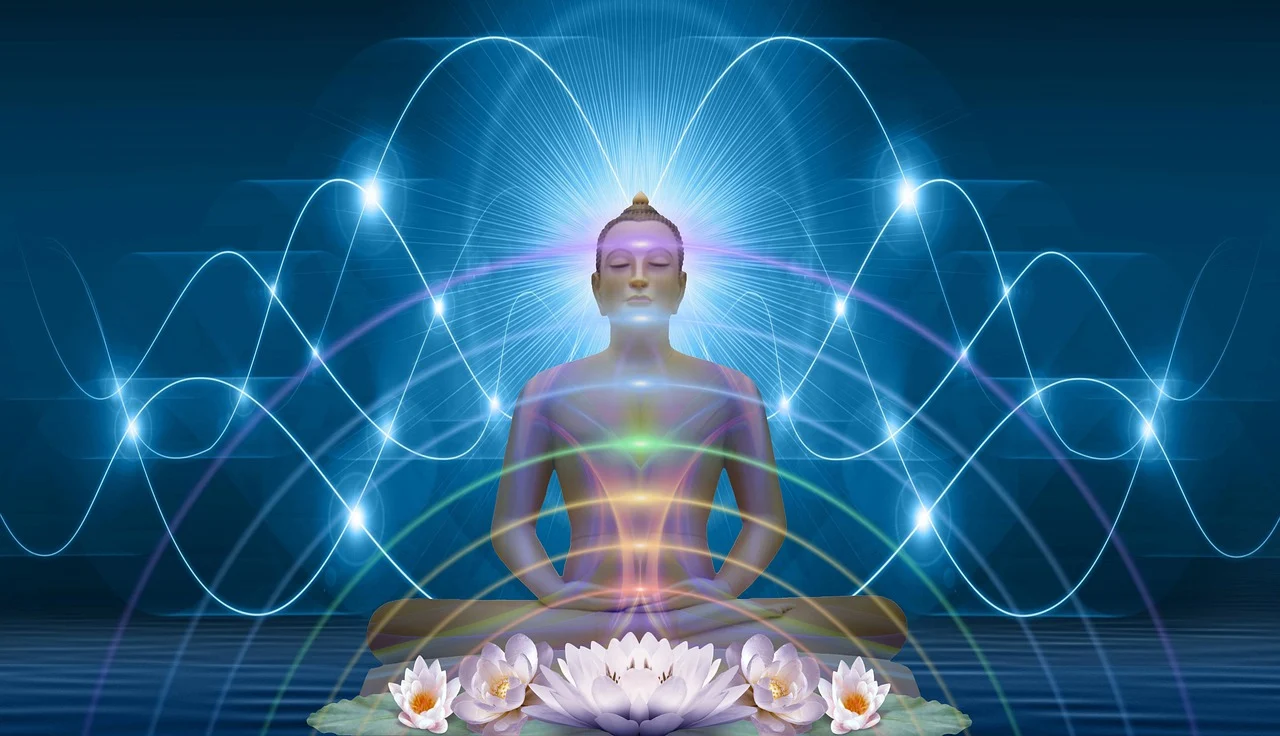
While the seven-chakra system is widely recognized and practiced, there is an extended model known as the 12-chakra system that offers a deeper exploration into the energetic anatomy of the body. This expanded system includes the original seven chakras, along with five additional chakras that provide further insight into spiritual and energetic development.
The 12-chakra system introduces the Earth Star Chakra, located approximately 6-12 inches below the feet, which anchors us to the Earth’s energy and enhances our sense of grounding and stability. Above the Crown Chakra, the Soul Star Chakra connects us to our higher self and divine purpose, facilitating spiritual growth and a sense of cosmic unity. Additionally, the system includes the Higher Heart Chakra, which bridges the Heart Chakra with the spiritual dimensions, and the Thymus Chakra, associated with immunity and spiritual awareness. Each of these additional chakras offers unique benefits, such as deeper emotional healing, expanded spiritual insight, and enhanced personal transformation. By exploring the 12-chakra system, practitioners can gain a more comprehensive understanding of their energetic body and enhance their meditation practice.
How to Practice Chakra Meditation
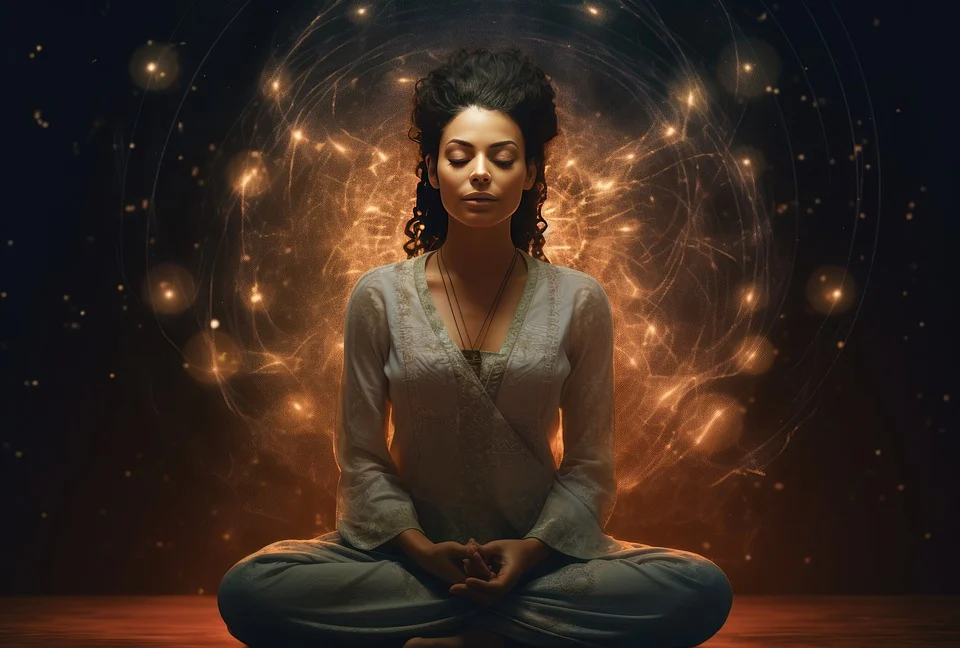
Preparation for Chakra Meditation
Best Time to Practice Chakra Meditation: The best time to practice chakra meditation is early in the morning or before bedtime. These times are ideal for quiet reflection and connecting with your inner self.
Setting the Environment: Create a calming environment for your transmission meditation practice. Choose a quiet space, use comfortable seating, and consider incorporating soothing music, essential oils, or candles.
Guided Chakra Meditation Techniques
Step-by-Step Guide: Start by focusing on each chakra sequentially. Begin with the Root Chakra and work your way up to the Crown Chakra. Use visualization, affirmations, and deep breathing to engage each energy center.
Breathing Techniques: Practice deep, mindful breathing to help focus your energy and promote relaxation. Inhale deeply through the nose and exhale slowly through the mouth, visualizing energy flowing through each chakra.
Visualization Practices: Visualize each chakra as a spinning wheel of light, with its corresponding color. Imagine the light growing brighter and more balanced with each breath.
Advanced Chakra Meditation Practices
Chakra Dhyana Meditation: This advanced practice involves deeper meditation on each chakra, focusing on their spiritual and energetic aspects. It may include advanced visualizations and guided imagery.
Integrating Chakra Meditation into Daily Life: Incorporate chakra meditation into your daily routine by setting aside a few minutes each day for practice. Use chakra-focused affirmations and visualizations throughout the day to maintain balance.
Chakra Healing and Balancing

What is Chakra Healing Meditation?
Explanation and Benefits: Chakra healing meditation aims to clear blockages and restore balance to the energy centers. This practice can enhance overall well-being, reduce stress, and support emotional and physical health.
Techniques for Healing and Balancing: Use visualization, affirmations, and energy healing practices to address imbalances. Focus on clearing and balancing each chakra to promote holistic healing.
Chakra Clearing Meditation
Process of Clearing Blockages: Identify areas of blockage or imbalance within your chakras and use targeted meditation techniques to address them. Visualization and energy work can help release negative energy and restore harmony.
Signs of Blocked Chakras: Common signs include physical symptoms, emotional instability, and difficulty with self-expression. Chakra clearing meditation can help alleviate these issues and promote healing.
Common Questions About What is Chakra Meditation
What is meant by chakra meditation?
Chakra meditation is a practice that focuses on aligning and balancing the body’s energy centers, known as chakras. It aims to promote physical, emotional, and spiritual well-being.
What is the purpose of chakra meditation?
The purpose of chakra meditation is to clear blockages, restore balance, and enhance overall health and vitality. It supports emotional stability, physical health, and spiritual growth.
What is the cost of guided meditation for the heart chakra?
The cost of guided meditation varies depending on the provider. Prices can range from free online resources to paid guided sessions and workshops. Consider exploring different options to find what works best for you.
What position is 7 chakra meditation?
During 7 chakra meditation, practitioners typically sit or lie in a comfortable position. The focus is on aligning and balancing each of the seven chakras, often starting from the Root Chakra and moving upward to the Crown Chakra.
Resources for Further Learning What is Chakra Meditation
Books, PDFs, and Online Resources: For further reading and exploration of chakra meditation, consider the following resources:
- Books: Look for books on chakra meditation and energy healing to deepen your understanding.
- PDFs and Online Guides: Search for PDFs and online guides that offer additional insights and techniques.
- Websites: Explore reputable websites and forums dedicated to chakra meditation for more information and community support.
Conclusion
Chakra meditation is a powerful practice that can enhance your overall well-being by aligning and balancing your energy centers. By understanding the significance of each chakra and incorporating meditation techniques into your daily routine, you can experience greater emotional stability, physical health, and spiritual growth.
Whether you are new to meditation or seeking to deepen your practice, chakra meditation offers valuable tools for achieving balance and harmony in your life. Embrace this practice with an open heart and mind, and explore the transformative potential of chakra meditation.
FAQ: Understanding Chakras
Q: What do the chakras mean?
A: Chakras are energy centers in the body that regulate various physical, emotional, and spiritual aspects of our well-being. Each chakra is associated with specific qualities and areas of life, such as stability, creativity, power, love, communication, intuition, and spiritual connection.
Q: What exactly is your chakra?
A: A chakra is a focal point of energy within your body, often visualized as a spinning wheel. It influences different aspects of your health and well-being. Chakras are conceptualized as centers of energy that align along the spine from the base to the top of the head.
Q: What are the 7 chakras in our body?
A: The seven chakras are:
- Root Chakra (Muladhara) – Base of the spine; stability and grounding.
- Sacral Chakra (Svadhisthana) – Below the navel; creativity and emotions.
- Solar Plexus Chakra (Manipura) – Upper abdomen; personal power and confidence.
- Heart Chakra (Anahata) – Center of the chest; love and compassion.
- Throat Chakra (Vishuddha) – Throat area; communication and expression.
- Third Eye Chakra (Ajna) – Between the eyebrows; intuition and insight.
- Crown Chakra (Sahasrara) – Top of the head; spiritual connection and enlightenment.
Q: Are chakras scientifically proven?
A: Chakras are not scientifically proven as physical entities but are part of spiritual and metaphysical frameworks. While their existence as measurable phenomena is not supported by science, practices involving chakras have shown benefits for stress reduction and emotional well-being.
Q: Does chakra exist in real life?
A: Chakras are conceptualized as energy centers rather than physical entities. They are considered part of a metaphysical framework used to understand and enhance personal health and spiritual growth.
Q: How to unlock 7 chakras?
A: To unlock the seven chakras, engage in practices like:
- Meditation: Focus on each chakra with guided meditations.
- Breathing Exercises: Practice deep breathing to enhance energy flow.
- Yoga: Use poses that activate and balance each chakra.
- Visualization: Imagine each chakra as a spinning wheel of light.
- Energy Healing: Explore techniques like Reiki to clear blockages.
Q: Which chakra is powerful?
A: The power of each chakra depends on its function. The Solar Plexus Chakra (Manipura) is often considered powerful for personal power and self-confidence. However, all chakras are important for overall balance and well-being.
Q: Can I unblock my own chakras?
A: Yes, you can work on unblocking your own chakras using techniques such as meditation, yoga, and energy healing. Consistent practice and mindful approaches can help address and clear blockages.



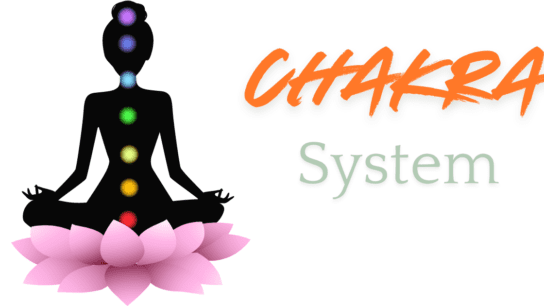
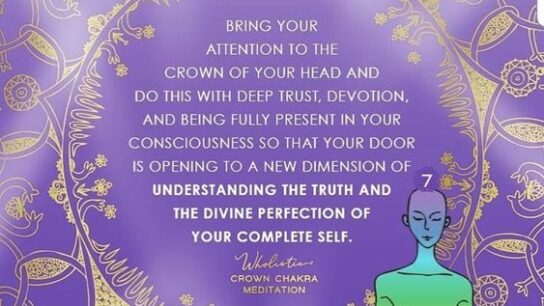
[…] the top of the head, it represents our connection to the divine and the universe. Practicing Crown Chakra meditation helps in accessing higher states of consciousness, fostering spiritual growth, and achieving inner […]